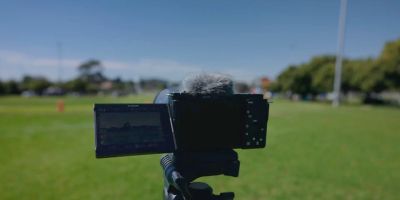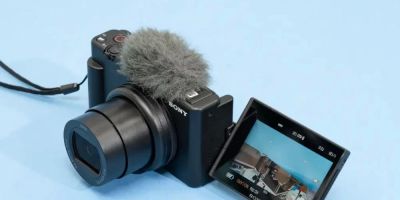- 1. Understanding Harsh Sunlight and Its Effects on Photography
- 2. Adjusting Your Camera Settings to Avoid Overexposure
- 3. Using Different Photography Techniques for Better Results
- 4. Real-Life Example: Photographing in Harsh Sunlight
- 5. Recommended Tools and Equipment for Outdoor Photography
1. Understanding Harsh Sunlight and Its Effects on Photography
Photographing in harsh sunlight can be a challenging experience for many photographers. The bright, direct sunlight can cause overexposure, where parts of the photo appear pure white or lose important details. This occurs because the camera's sensor gets overwhelmed by the intensity of the light. In addition to overexposure, harsh sunlight often creates harsh shadows, making your subjects look unevenly lit and unflattering.
However, with the right approach, you can still create beautiful, balanced photographs in these conditions. Let's dive deeper into how to avoid overexposure and ensure your photos maintain their quality under bright sunlight.
2. Adjusting Your Camera Settings to Avoid Overexposure
To capture great photos in bright sunlight, you'll need to adjust your camera settings to prevent overexposure. Here are a few tips on how to tweak your settings:
2.1 Adjusting ISO
The first setting to check is your ISO. In bright conditions, it's best to use a low ISO setting, typically around 100 or 200. This will help reduce the amount of light the camera sensor receives, making it less prone to overexposure.
2.2 Shutter Speed
Increasing your shutter speed is another effective way to control overexposure. A faster shutter speed reduces the exposure time, ensuring that the sensor isn’t exposed to too much light. Depending on the brightness, try adjusting the shutter speed to a value between 1/500s and 1/2000s.
2.3 Aperture
Lastly, consider adjusting your aperture. A smaller aperture (higher f-stop number) allows less light to hit the sensor. This can help you control the exposure, especially when the sunlight is intense. Try settings like f/8 or f/11 to maintain sharpness and proper exposure.
3. Using Different Photography Techniques for Better Results
In addition to adjusting your camera settings, employing certain photography techniques can further improve the results when photographing in harsh sunlight.
3.1 Use of Filters
Polarizing filters are a great option to reduce glare and improve contrast, especially when shooting outdoor scenes with lots of sunlight. These filters can cut down on the intensity of the light, helping you achieve better color saturation and more balanced exposure.
3.2 Positioning and Composition
Sometimes, the way you position your subject can make a big difference. Instead of shooting directly into the sunlight, try positioning your subject in a way that takes advantage of the side lighting. This will give your photos a more flattering look, with softer shadows and a more even exposure.
3.3 Use Reflectors or Diffusers
When shooting portraits or close-up shots, you can use reflectors to bounce light back onto the subject, filling in harsh shadows. Alternatively, diffusers can soften the light, creating a more even illumination and reducing overexposure.
4. Real-Life Example: Photographing in Harsh Sunlight
One famous case of photographing in harsh sunlight comes from photographer Annie Leibovitz's famous portrait of Queen Elizabeth II. The photo was taken outdoors during midday, a time when sunlight is typically very harsh. By adjusting her camera settings and using a carefully chosen backdrop, Leibovitz was able to capture a stunning image with minimal overexposure, even in such challenging lighting conditions.
Similarly, many landscape photographers use the golden hours (early morning or late afternoon) to avoid the harsh midday sun. However, learning to work with midday sunlight can expand your shooting opportunities, especially when traveling or photographing in open outdoor spaces.
5. Recommended Tools and Equipment for Outdoor Photography
To get the best results when photographing in harsh sunlight, it’s important to have the right tools at your disposal. Here are a few recommendations:
5.1 Lens Filters
A good quality polarizer or ND filter can help manage excessive sunlight. These filters are essential for outdoor photographers looking to reduce glare and control exposure, ensuring you get the sharpest image possible without overexposure.
5.2 Tripod
If you're shooting at slower shutter speeds, a tripod will help steady your camera and prevent any motion blur, especially when working with long exposure settings under bright light conditions.
5.3 Reflectors and Diffusers
For portrait photographers, reflectors and diffusers are invaluable tools. A collapsible reflector can be positioned to bounce sunlight onto your subject, filling in shadows and balancing the exposure. Diffusers can soften the harsh midday sun, making the light more flattering and less likely to cause overexposure.
If you're looking for high-quality filters, reflectors, or other photography tools, be sure to check out Photo Studio, where you can find the best products tailored to your needs.





